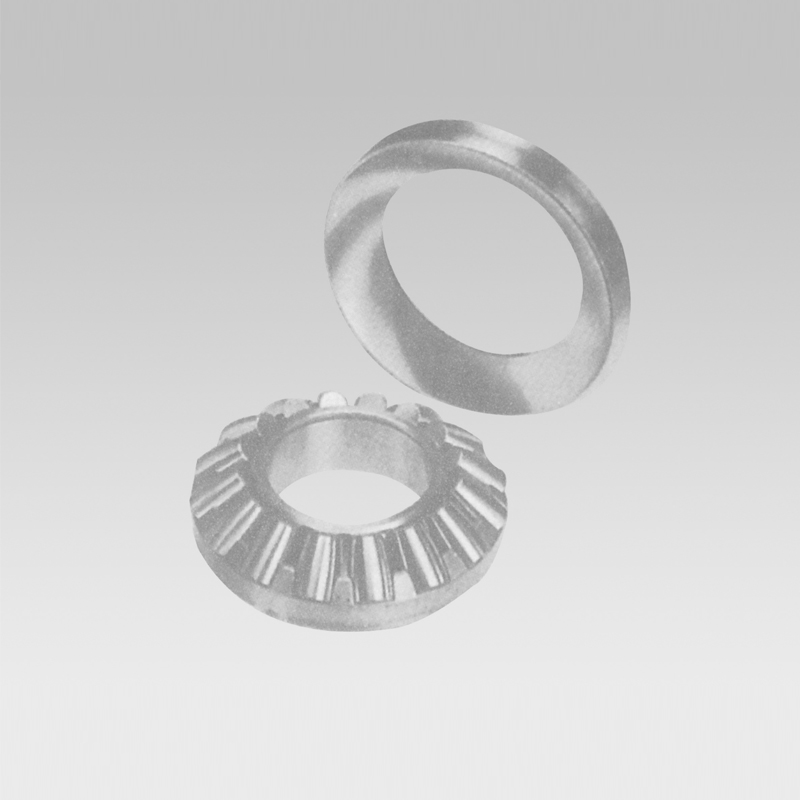
Aug . 13, 2024 06:32 Back to list
Exploring the Features and Applications of Ball Bearing 607 for Enhanced Mechanical Performance
Understanding the Ball Bearing 607 A Key Component in Modern Machinery
In the world of mechanical engineering, ball bearings play an essential role in reducing friction between moving parts, enhancing performance, and increasing the lifespan of machinery. Among the various types of ball bearings available in the market, the 607 ball bearing stands out due to its specific design and application versatility. In this article, we will explore the features, benefits, applications, and maintenance of the 607 ball bearing.
What is a 607 Ball Bearing?
The 607 ball bearing is characterized by its dimensions, typically having an inner diameter of 7 mm, an outer diameter of 19 mm, and a width of 6 mm. Made from high-quality materials like stainless steel or chrome steel, these bearings are designed to endure significant radial and axial loads. The 60 series of bearings refers to the standard dimensional series developed by the International Organization for Standardization (ISO), ensuring compatibility with a wide range of applications.
Features and Benefits
One of the most notable features of the 607 ball bearing is its high load capacity. The design incorporates precision-engineered balls that maximize the contact area with the raceways, allowing for exceptional load distribution. This feature not only minimizes wear and tear but also extends the lifespan of both the bearing and the associated machinery.
Another benefit of the 607 ball bearing is its versatility. It is commonly used in various applications, including electrical motors, robotics, automated tools, and even household appliances such as fans and washing machines. The compact size and lightweight nature of the 607 make it an ideal choice where space is limited.
Additionally, the 607 ball bearing is designed to operate smoothly and quietly. This characteristic is particularly important in applications where noise reduction is a priority, such as in office environments or medical equipment.
Applications of 607 Ball Bearings
ball bearing 607

The 607 ball bearing finds its utility across multiple industries. In the automotive sector, it is often used in electric window mechanisms, power steering systems, and in the drive assemblies of electric vehicles. The ability of the 607 bearing to handle high speeds while maintaining stability makes it critical in these applications.
In the realm of robotics and automation, the 607 ball bearing supports high-precision movements, essential for robotic arms and other automated tools. The smooth movement facilitated by the bearing contributes to the accuracy required in assembly lines and manufacturing processes.
Moreover, the 607 ball bearing is frequently utilized in the hobbyist market, particularly in RC (radio-controlled) cars and drones. The efficiency and reliability of this bearing type enhance the overall performance of these devices, making them more enjoyable for enthusiasts.
Maintenance Tips
To ensure the longevity and optimal performance of 607 ball bearings, proper maintenance is crucial. Regular inspections should be conducted to check for any signs of wear or damage. It is important to keep bearings clean and free from contaminants that may cause premature deterioration.
Lubrication is another critical aspect of maintenance. Using the right lubricant can significantly reduce friction and heat generation during operation. Ensure that you select a lubricant compatible with the bearing's material and the operating environment.
Conclusion
The 607 ball bearing is a small yet mighty component that plays a pivotal role in various mechanical systems. Its design, load capacity, and versatility make it an ideal choice for a wide range of applications, from industrial machinery to household devices. Understanding the features, applications, and maintenance of this ball bearing can help engineers and hobbyists alike to make informed decisions and enhance the efficiency of their projects. Whether you are a professional or an enthusiast, the 607 ball bearing is undoubtedly a crucial component that drives success in your endeavors.
Latest news
-
common-failures-in-thrust-ball-bearings-and-solutions
NewsAug.22,2025
-
how-tapered-roller-bearings-can-take-shock-loads
NewsAug.22,2025
-
angular-bearings-in-high-precision-spindles
NewsAug.22,2025
-
the-impact-of-misalignment-on-cylindrical-roller-bearing-performance
NewsAug.22,2025
-
the-role-of-cage-design-in-deep-groove-ball-bearing-durability
NewsAug.22,2025
-
the-impact-of-material-quality-on-machinery-bearings-lifespan
NewsAug.22,2025
